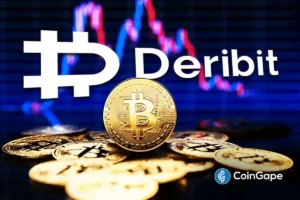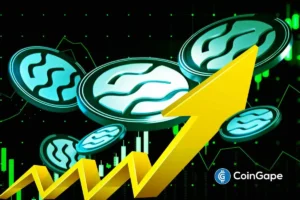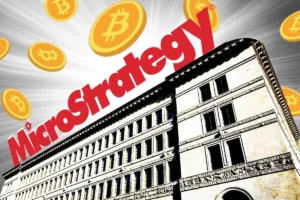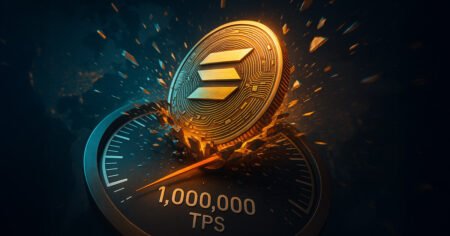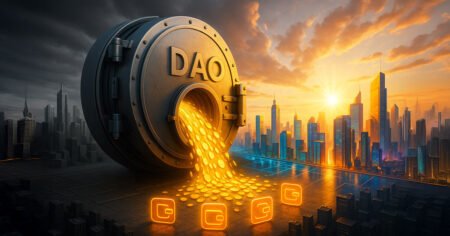Changpeng Zhao Addresses WSJ Allegations: A Closer Look at the Controversy
Changpeng Zhao, the founder and former CEO of Binance, has recently taken a stand against allegations made by The Wall Street Journal (WSJ) suggesting he played a "fixer" role for World Liberty Financial (WLFI), a decentralized finance (DeFi) project associated with the Trump family. The claims have sparked significant discussion within the cryptocurrency community and have raised questions about the integrity of media coverage relating to crypto leaders.
Misleading Accusations from WSJ
The WSJ article accused Zhao of facilitating international connections for WLFI, specifically mentioning engagements in countries like Pakistan. The report also suggested he was linked to the appointment of Bilal Bin Saqib, head of the Pakistan Crypto Council, as an advisor to WLFI and his negotiations with the Pakistani government. In response, Zhao took to social media on May 23 to express his dissatisfaction with the piece, labeling it misleading and intentionally fact-distorting. His statements emphasize that he is not a "fixer" for anyone, denying any role in connecting Saqib with WLFI and asserting their prior acquaintance.
Zhao’s Strong Denial
Zhao firmly rejected the article’s implications, clarifying that his first meeting with Saqib happened during a visit to Pakistan. He highlighted that these alleged connections were misconstrued. Furthermore, Zhao dismissed claims of involving himself in WLFI’s international travels and asserted that the WSJ report was built on erroneous premises. He stated, “If you get a couple of factual errors wrong, it’s possible to fix. When you make up a story… there’s no way to fix the ‘inaccuracies.’ It’s the entire story.” This statement underlines his frustration with the narrative created by the publication.
Trends in Media Coverage
The dispute between Zhao and WSJ is not an isolated incident; it reflects broader tensions in media coverage of the cryptocurrency sector. Zhao previously dismissed reports alleging that he had agreed to cooperate with U.S. authorities against Justin Sun as part of a plea deal. He also refuted claims that former President Trump sought to invest in Binance. These recurring themes suggest a pattern of what Zhao perceives as misleading journalism focusing on sensationalism rather than factual reporting.
Critical Perspectives on Journalism
Zhao has voiced his concerns about the integrity of mainstream media, likening WSJ’s practices to Cunningham’s Law, which posits that posting incorrect information is often the quickest way to elicit the correct response. His critique implies that the WSJ has resorted to negative journalism rather than its traditional role of informative reporting. Quoting Zhao, “WSJ instead of doing journalism, has pretty much resorted to Cunningham’s Law… This is NOT how journalism should work.” This sentiment resonates with many in the crypto community who view traditional media as increasingly misaligned with the rapid progress and complexities of the sector.
Impact on the Cryptocurrency Industry
Zhao’s remarks extend beyond his personal grievances; he argues that WSJ’s reporting serves as a mouthpiece for anti-crypto forces in the U.S. He believes such narratives aim to hinder the progress of the U.S. as a potential global hub for cryptocurrency and blockchain technology. By framing WSJ’s coverage in this context, Zhao highlights the larger struggle for legitimacy and acceptance within the financial and regulatory landscapes surrounding cryptocurrencies.
Conclusion: The Need for Ethical Journalism
The ongoing dispute between Changpeng Zhao and WSJ underscores a vital conversation about the responsibilities of media outlets, especially regarding the cryptocurrency industry. As Zhao continues to challenge misleading narratives, the broader implications of these reports on public perception and regulatory frameworks are crucial. Moving forward, a commitment to accurate, ethical journalism will be essential for fostering a more informed and balanced dialogue about cryptocurrency innovation and its place in the global economy.

